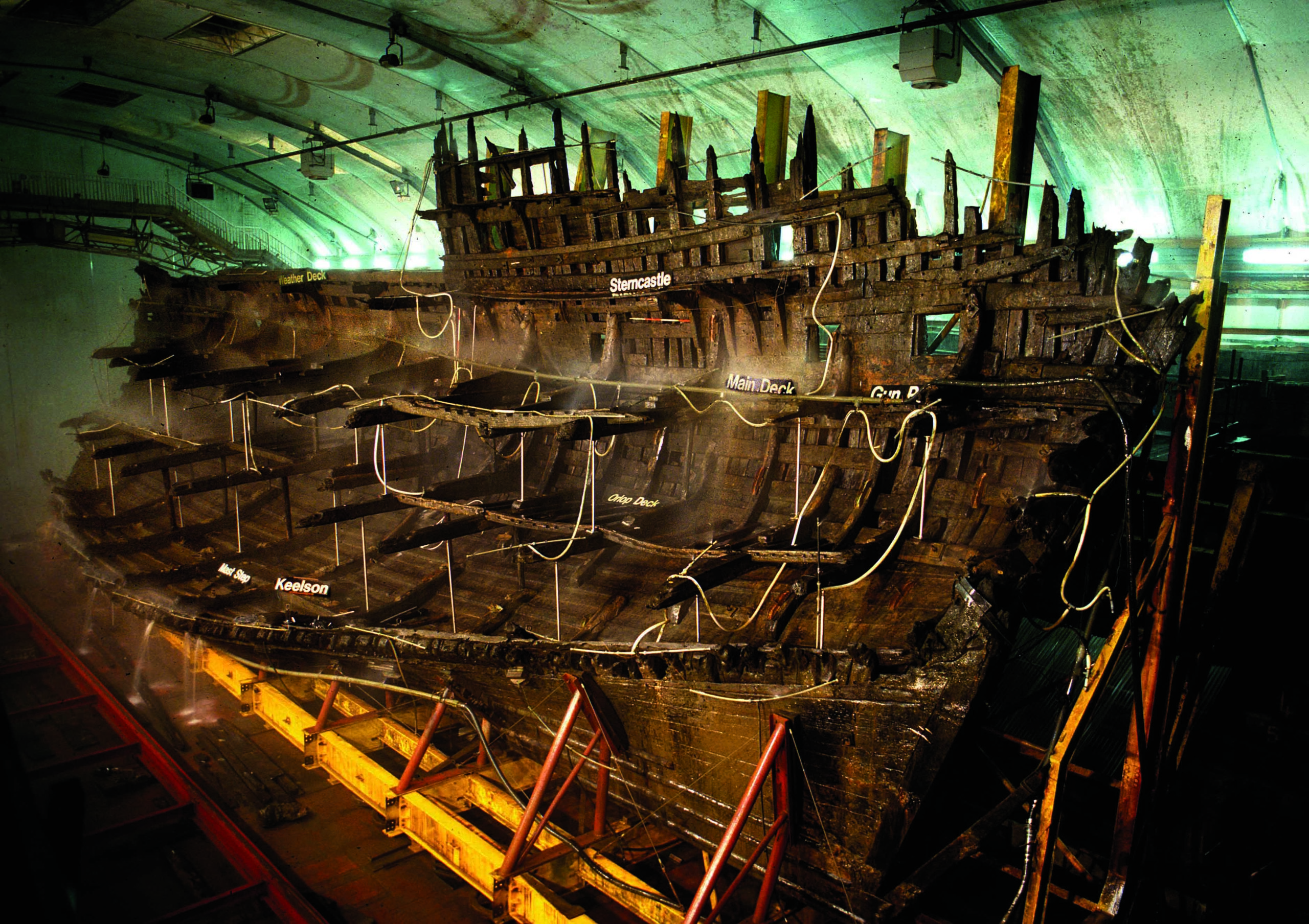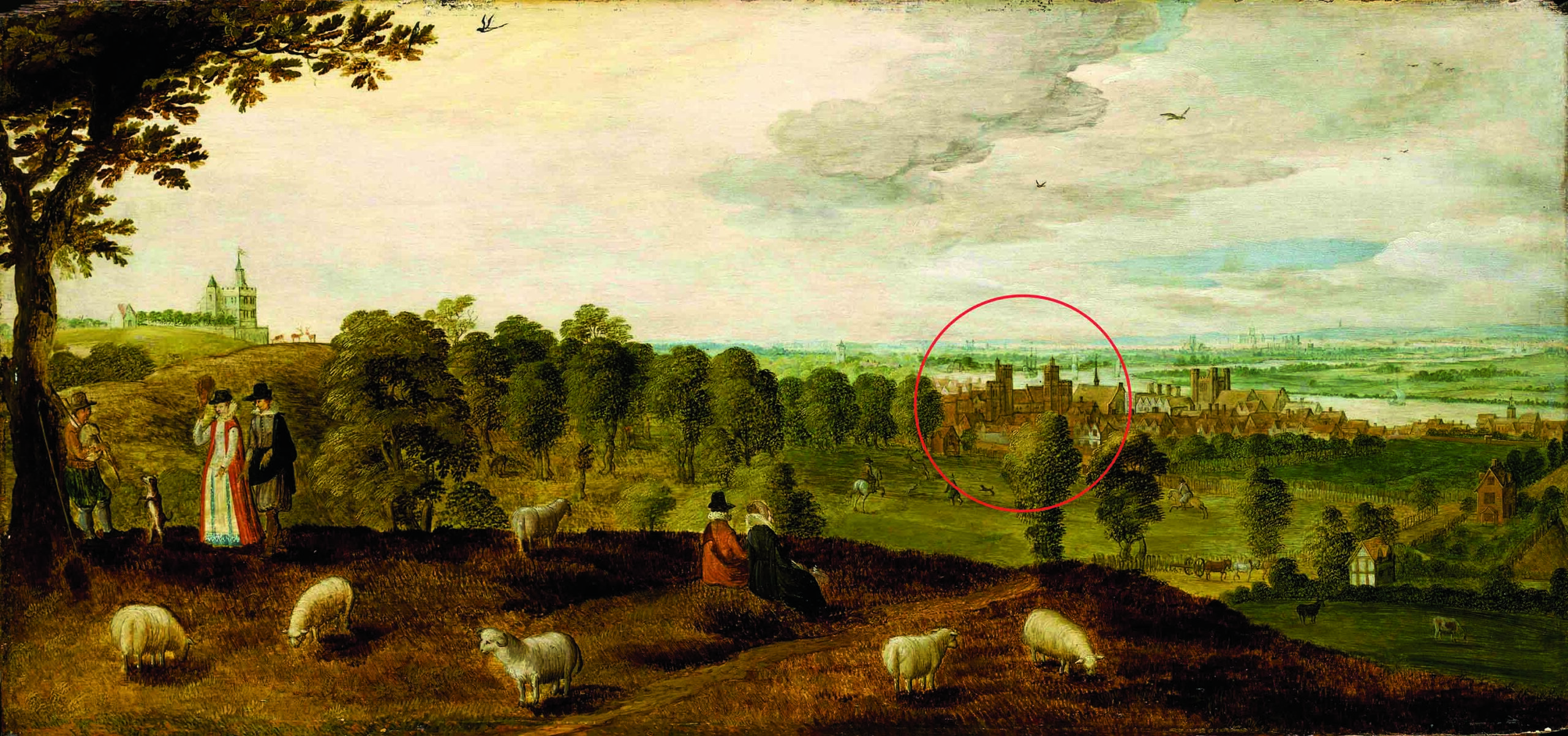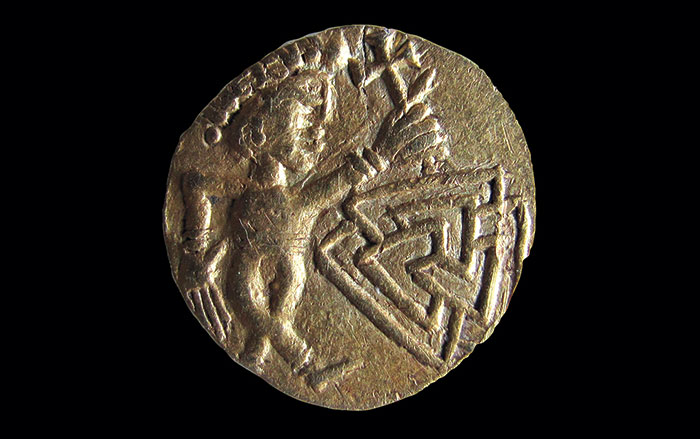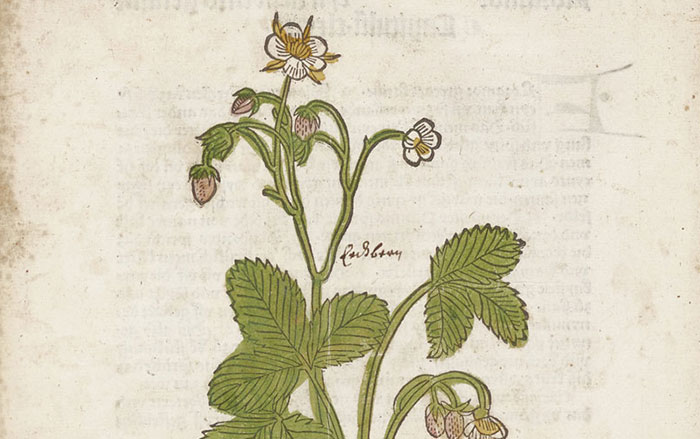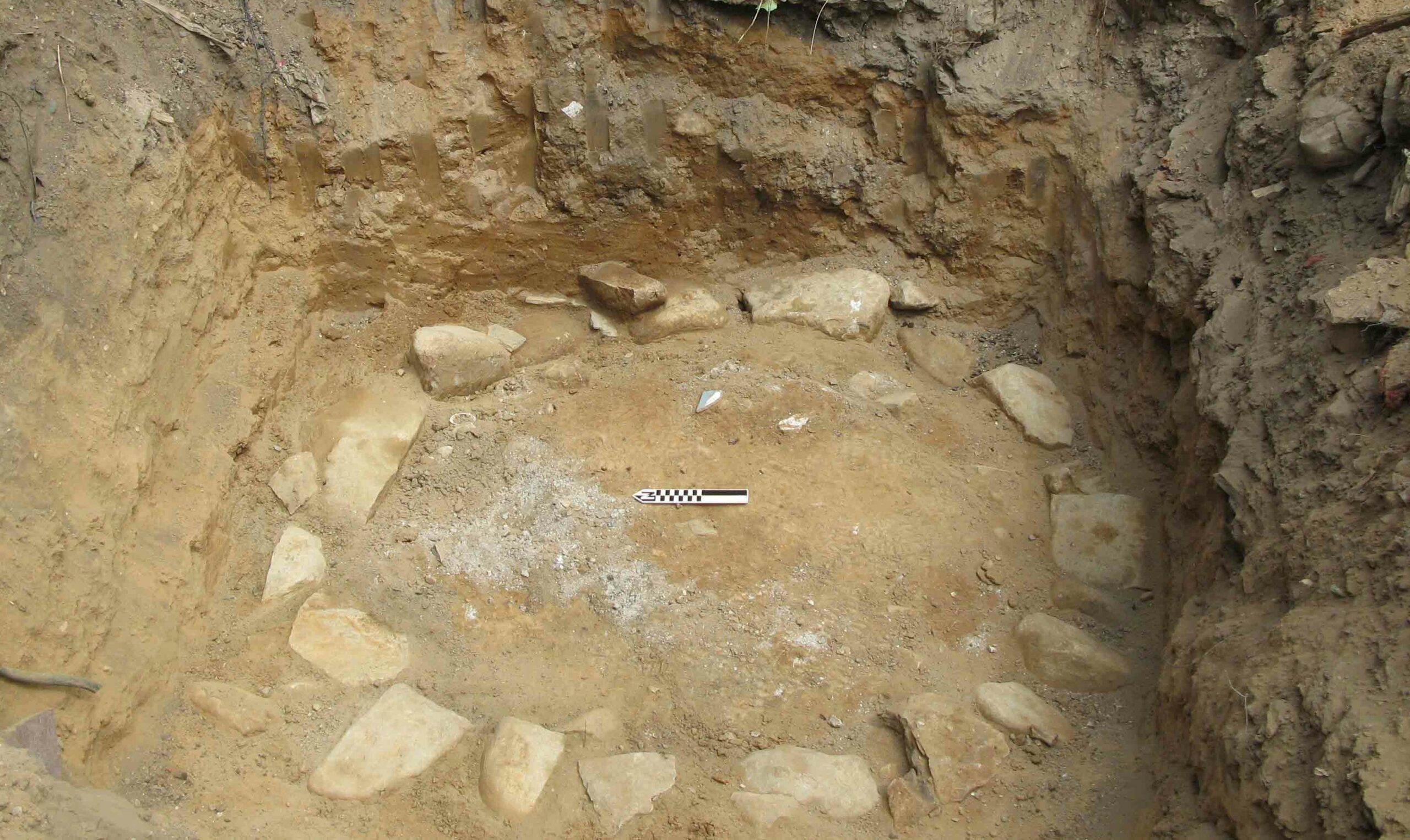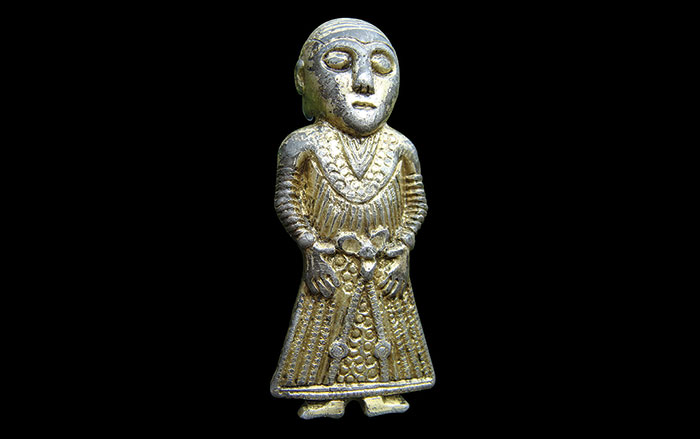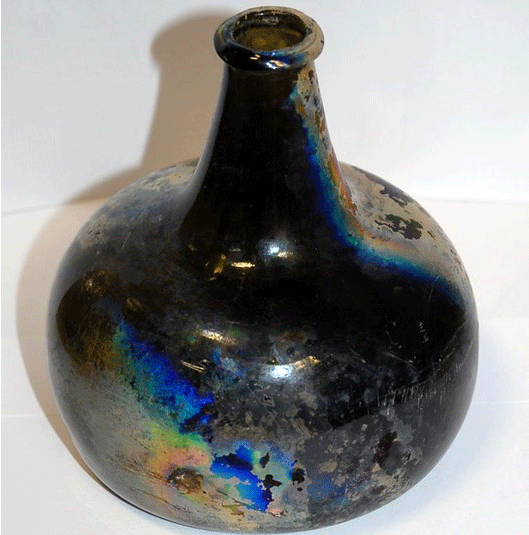
NOTTINGHAMSHIRE, ENGLAND—An intact green bottle has been unearthed at the site of the Old Magnus Buildings, constructed during the Tudor, Georgian, and Victorian periods for use as a free school. “Finding this very fragile bottle in one piece supports the idea that it was carefully placed in the ground. Perhaps it was buried during the Georgian part of the Old Magnus Building, but we can’t be certain,” archaeologist Will Munford of Pre-construct Archaeological Services of Lincoln told BBC News. The bottle may have been filled with fingernail clippings, hair, and urine, or pins as a protection from witches. “It’s a fascinating object and part of the history of Newark. If it is a witching bottle, it tells us a great deal about how people once viewed the world,” project manager Bryony Robins added. The building is being remodeled as part of England’s new National Civil War Centre. For more on the archaeology of witchcraft in England, see ARCHAEOLOGY's "The Witches of Cornwall."


